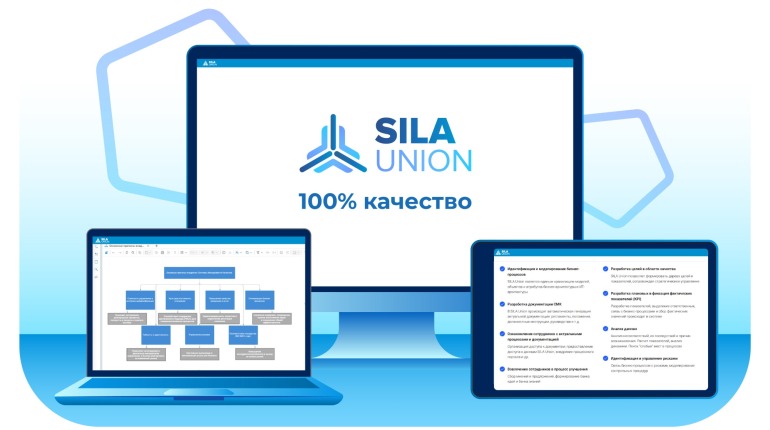
Building a Quality Management System (QMS) in SILA Union Software
Building a Quality Management System (QMS) in SILA Union Software
In modern business, quality is not just compliance with standards but a management philosophy focused on continuous process improvement and a key factor in competitiveness. Companies that implement a Quality Management System (QMS) gain more than just ISO certificates—they achieve real benefits: cost reduction, increased customer loyalty, process transparency, and the achievement of strategic business goals.
However, traditional quality management methods—paper regulations, scattered Excel spreadsheets, and manual checks—no longer cope with the market’s dynamics. QMS must be digital, flexible, and integrated into current business processes. Therefore, it must be built using modern business modeling and process management systems, not outdated approaches.
In this article, we will look at why a process-based approach is important when designing a QMS and how the SILA Union digital platform simplifies this process.
Why is SILA Union the Best Platform for QMS Implementation?
A quality management system consists of processes, procedures, and documents aimed at ensuring stable product or service quality in accordance with standards (e.g., ISO 9001).
Today, quality is a key competitiveness factor. Consumers increasingly choose products and services based not only on price but also on reliability, compliance with expectations, and service levels. Modern companies face growing demands for quality, process transparency, and digital transformation. QMS is no longer an auxiliary tool—it is the foundation for sustainable business development.
Effective QMS implementation requires not just methodology but also a technological platform that ensures complete control, automation, and analytics. SILA Union is the optimal solution, combining all necessary functions for the successful construction and development of a quality system.
As a company grows, management complexity increases: new products, markets, and divisions require coordinated operations. SILA Union helps design a unified system that eliminates chaos and ensures process transparency (see Fig. 1):
– Full digitization of processes in accordance with ISO 9001
– A single platform for modeling, analysis, control, and optimization
– Automatic generation of regulations (Word, Excel, PDF, Wiki)
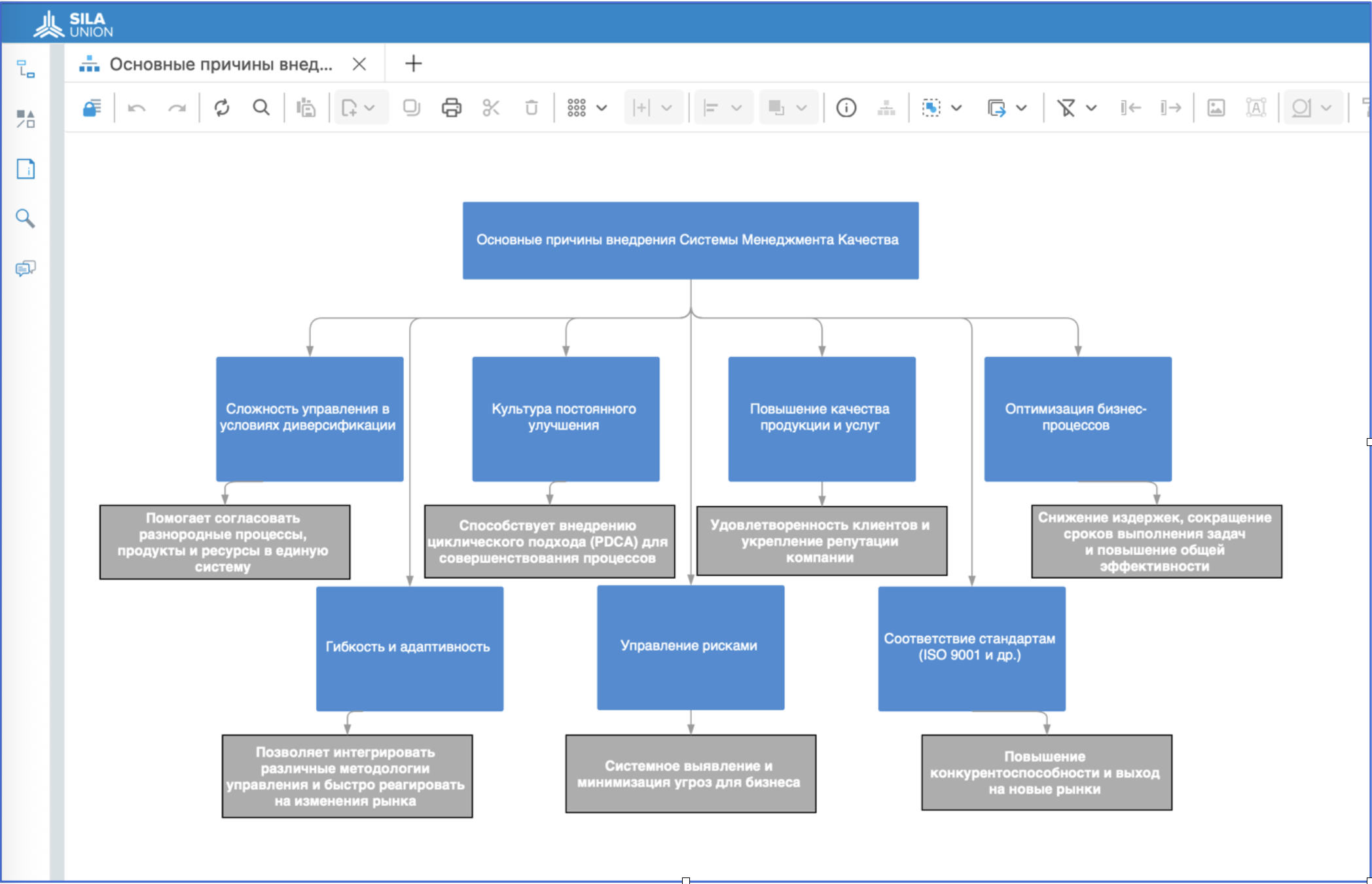
Figure 1. "Reasons for QMS Implementation" Model in SILA Union
SILA Union Provides:
Fostering a Culture of Continuous Improvement with PDCA Approach
Modern business demands continuous development rather than stability. SILA Union supports the PDCA (Plan-Do-Check-Act) cycle, allowing for consistent result analysis, identification of weaknesses, and adjustments. This is not a one-time optimization but a continuous process that becomes part of corporate culture (see Fig. 2):
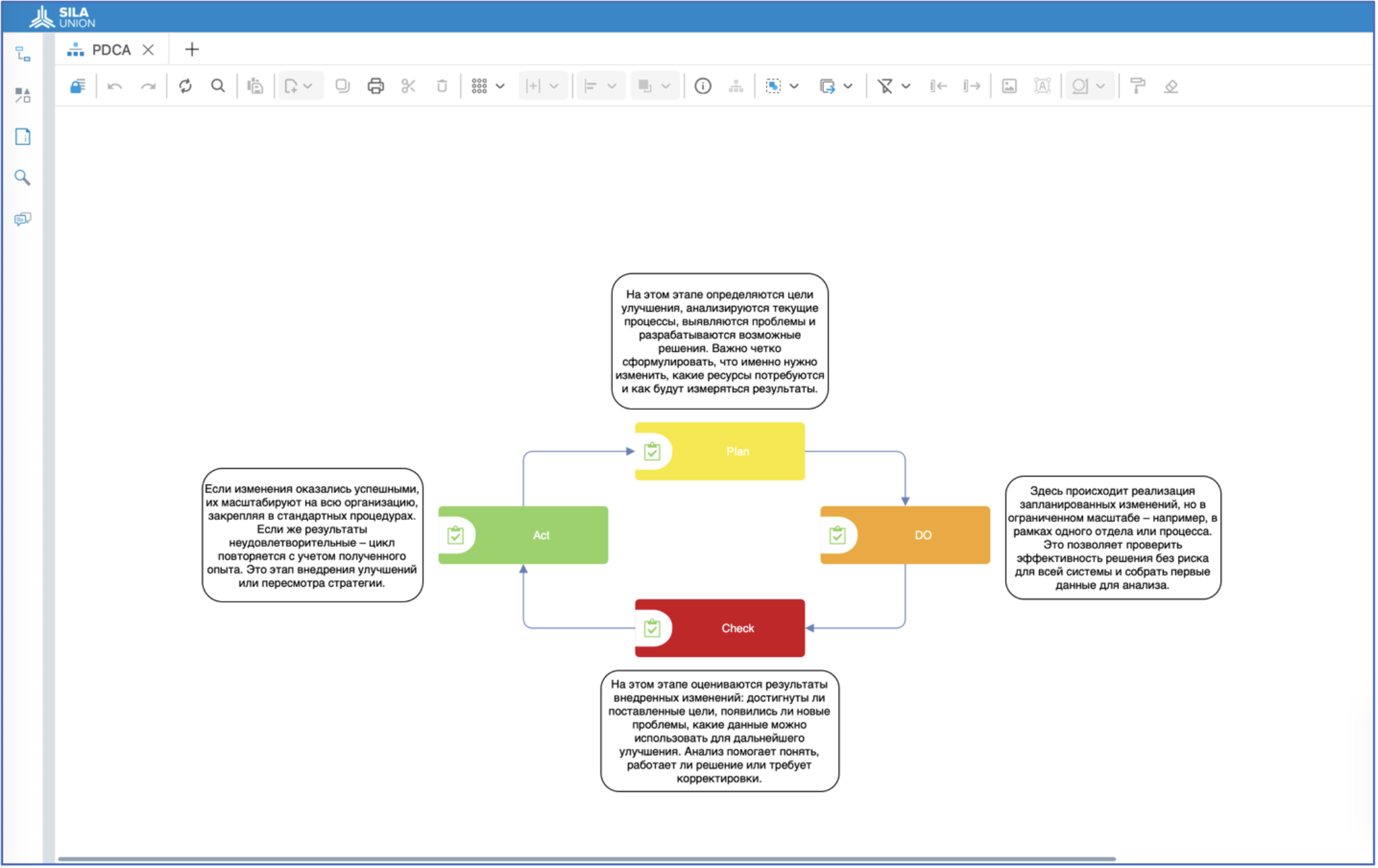
Figure 2. "PDCA Approach" Model in SILA Union
Process Optimization and Risk Reduction
Through standardization and clear distribution of responsibility, processes become more transparent and manageable, directly affecting overall company efficiency.
Flexibility and Adaptability in a Fast-Changing Market
QMS is not a rigid system—it integrates various management methodologies such as Lean, Six Sigma, or Agile (see Fig. 3), allowing quick adaptation to new challenges. This is especially important in highly competitive industries, where delays in decision-making can lead to losing market positions.
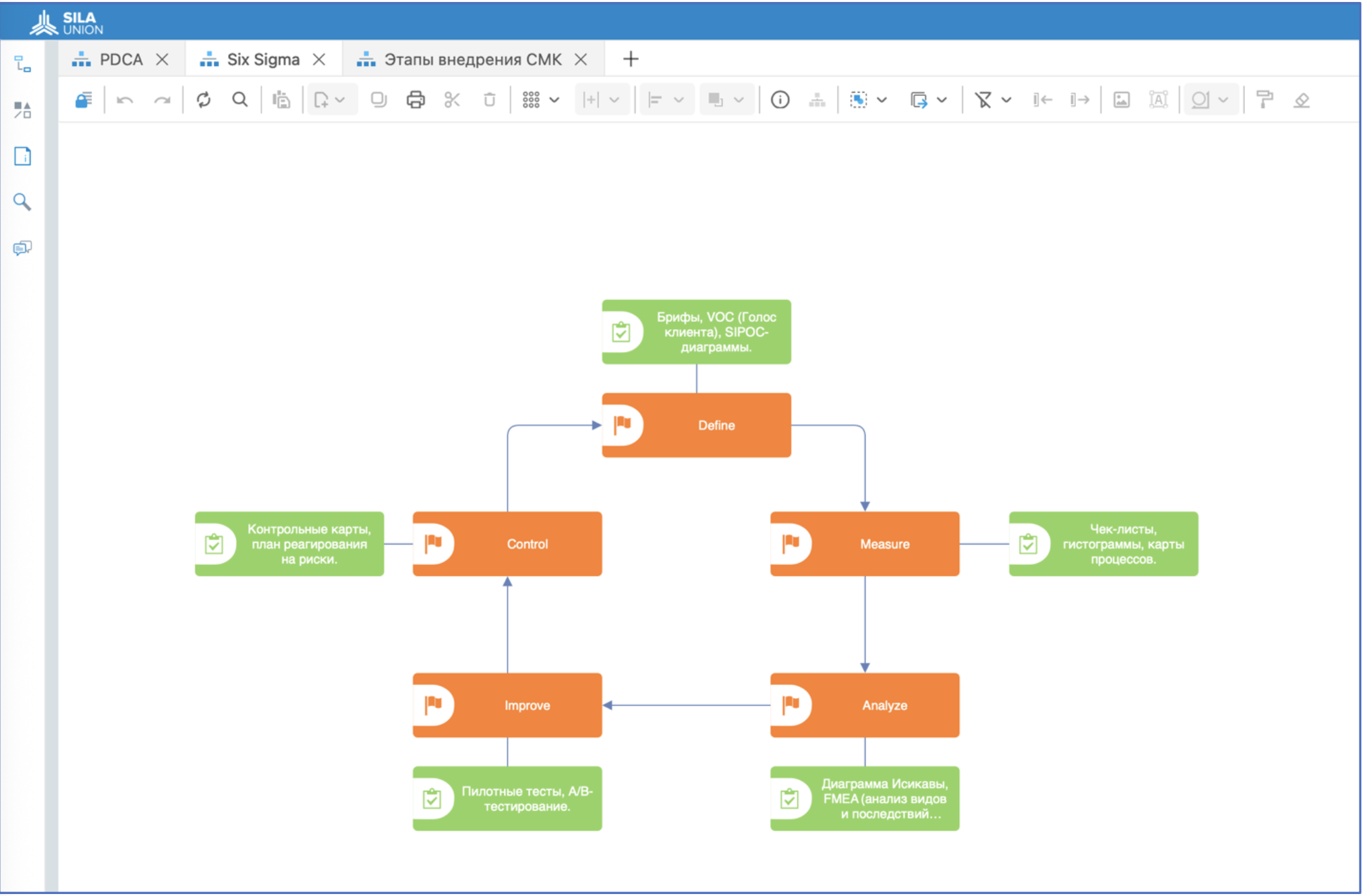
Figure 3. "Six Sigma" Model in SILA Union
Product and Service Quality as the Foundation of Any Company's Reputation
QMS focuses on increasing customer satisfaction by providing systematic control at all stages of production and service, strengthening brand trust, and increasing customer loyalty in the long term.
Compliance with International Standards
Compliance with ISO 9001 opens new opportunities for companies. Certification enhances competitiveness in global markets, simplifies entry into international markets, and often becomes a requirement for participating in tenders.
Risk Management
A systematic approach to identifying, analyzing, and minimizing threats allows companies to avoid significant losses, including financial risks, supply chain disruptions, or regulatory changes.
Figure 3. "Six Sigma" Model in SILA Union
Product and Service Quality as the Foundation of Any Company's Reputation
QMS focuses on increasing customer satisfaction by providing systematic control at all stages of production and service, strengthening brand trust, and increasing customer loyalty in the long term.
Compliance with International Standards
Compliance with ISO 9001 opens new opportunities for companies. Certification enhances competitiveness in global markets, simplifies entry into international markets, and often becomes a requirement for participating in tenders.
Risk Management
A systematic approach to identifying, analyzing, and minimizing threats allows companies to avoid significant losses, including financial risks, supply chain disruptions, or regulatory changes.
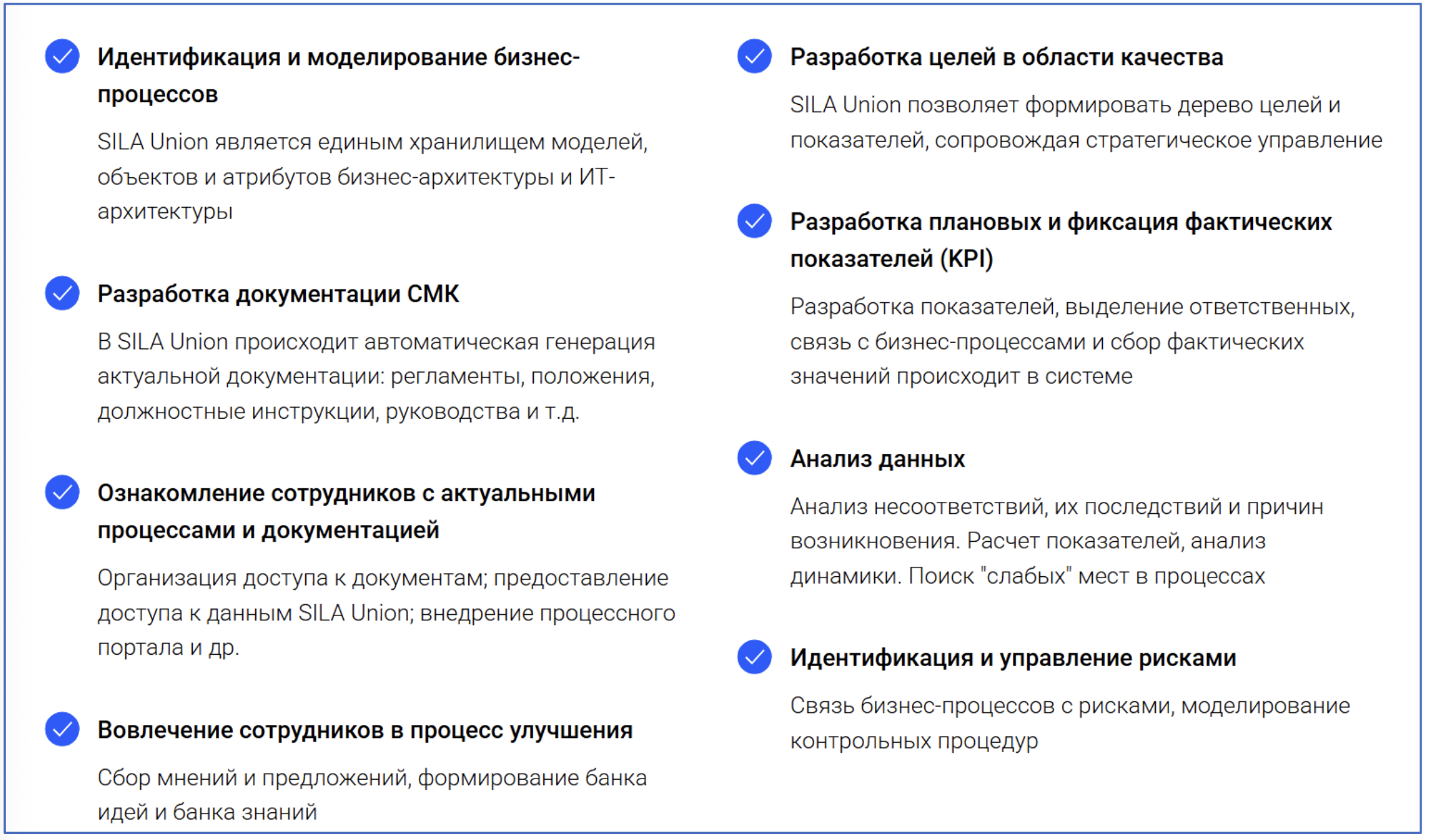
Figure 5. "QMS Implementation Stages" Model in SILA Union
SILA Union offers a fundamentally new approach where quality becomes an organic part of the company’s digital ecosystem, not a separate control system.
SILA Union builds a full management framework: from defining company missions to detailed regulations (see Fig. 6).
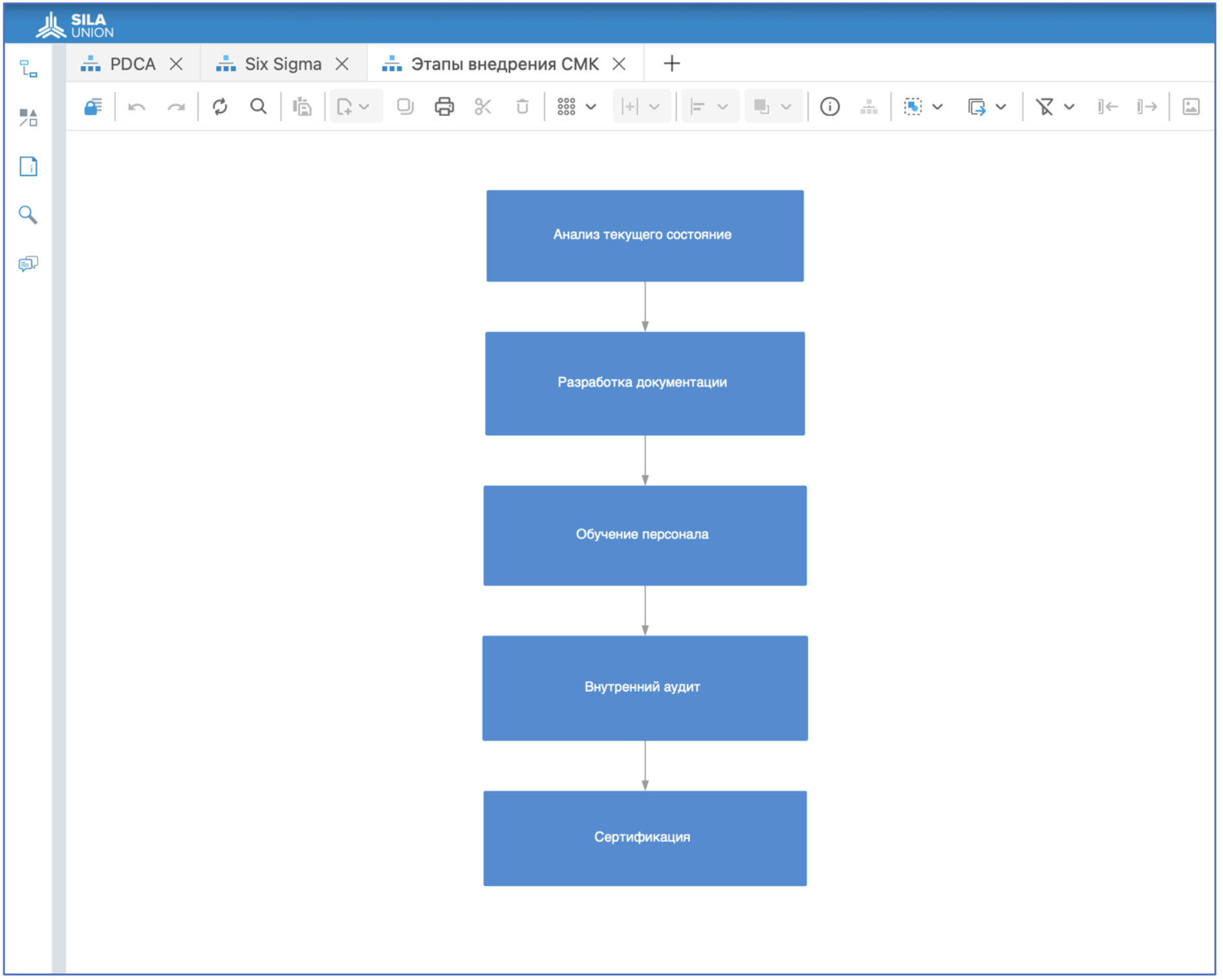
Figure 6. "Mission and Goals Building" Model in SILA Union
It also designs the organizational structure with automatic responsibility zone allocation—each manager sees their authority and accountable processes (see Fig. 7 and Fig. 8).
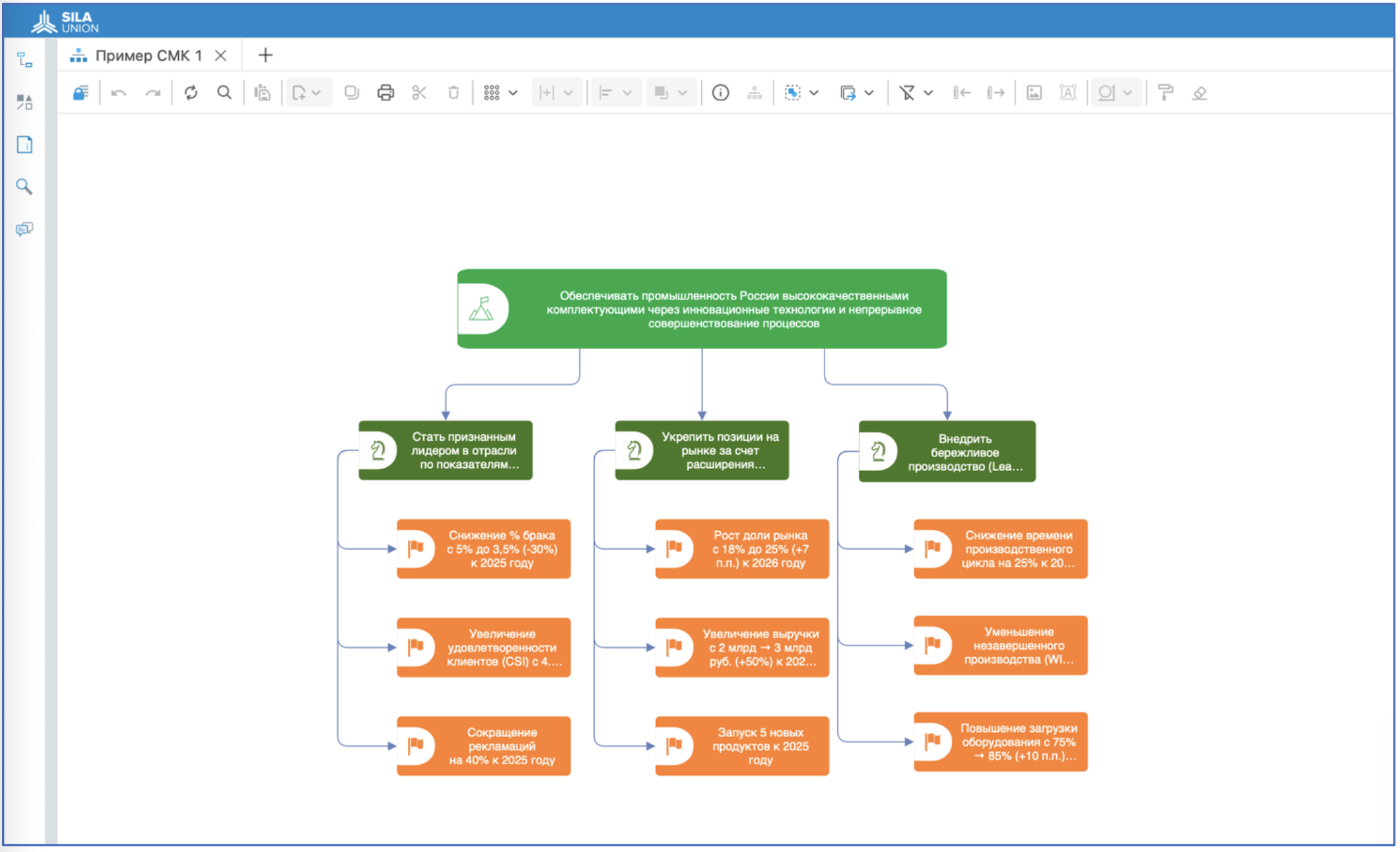
Figure 7. "Organizational Structure" Model in SILA Union
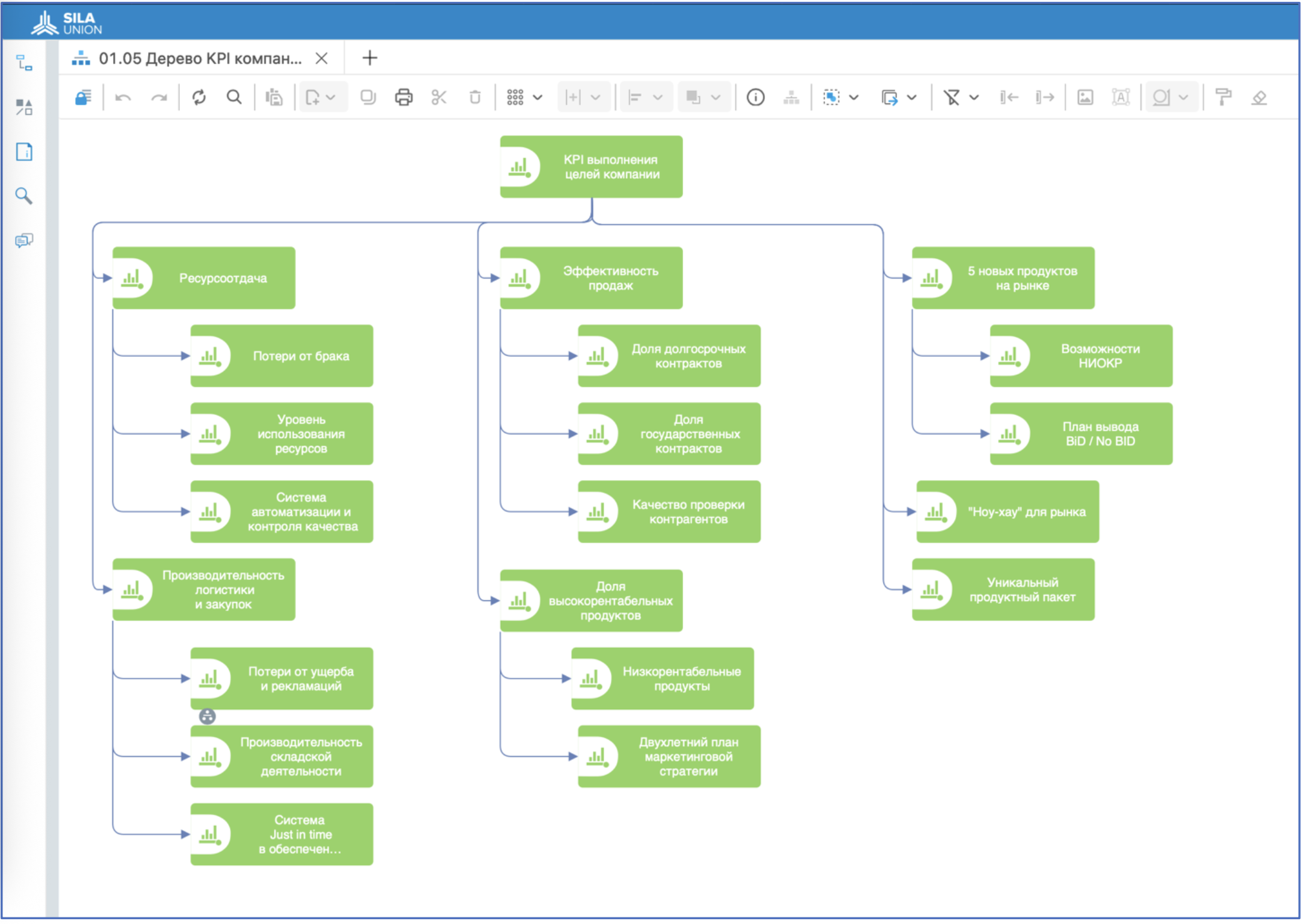
Figure 8. "KPI Indicators" Model in SILA Union
A key feature of the solution is the automated generation of a documentation base synchronized with actual business processes. The system supports dynamic updates of regulatory documents, ensuring their continuous compliance with operational processes (see Fig. 9).
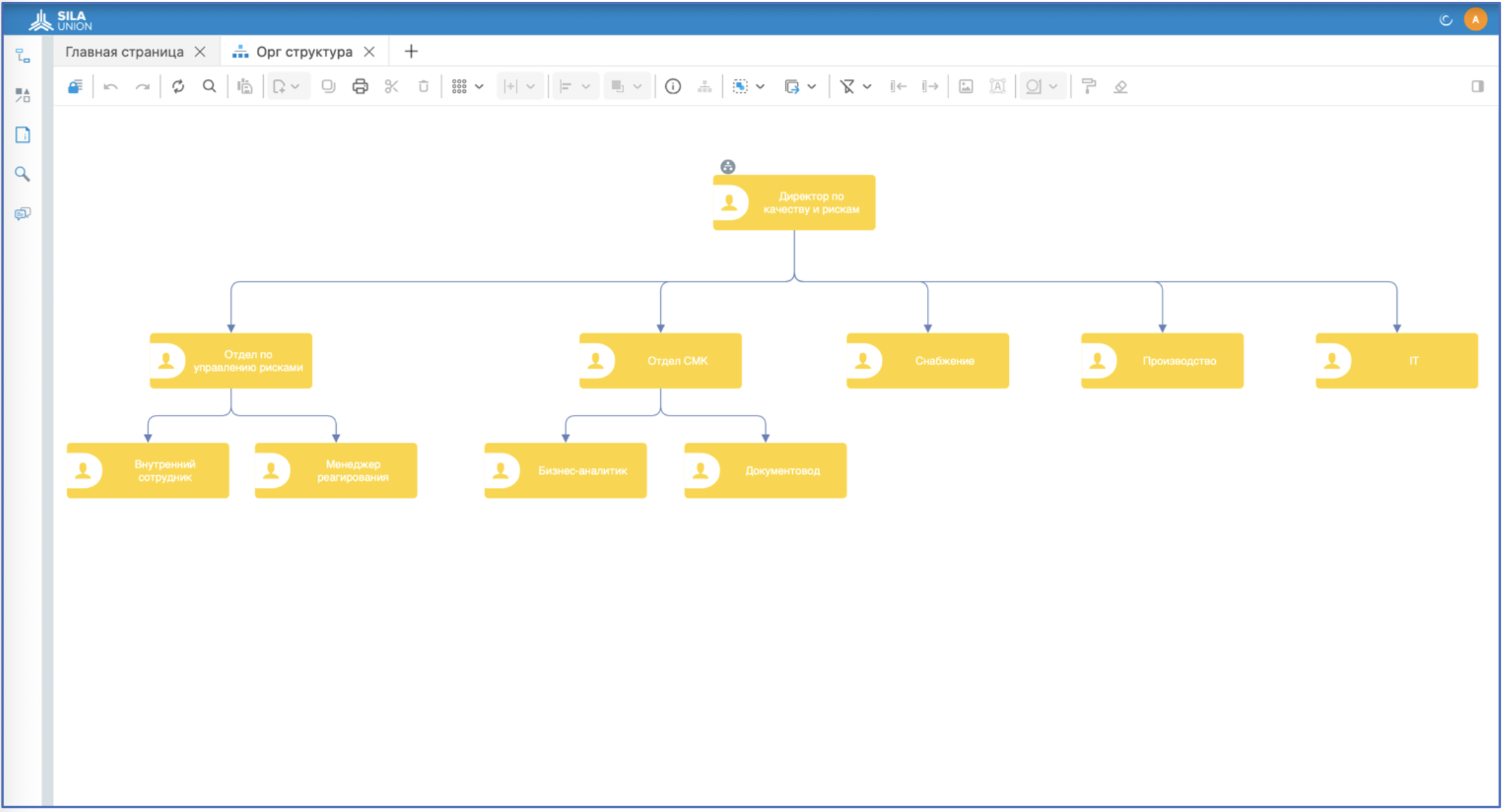
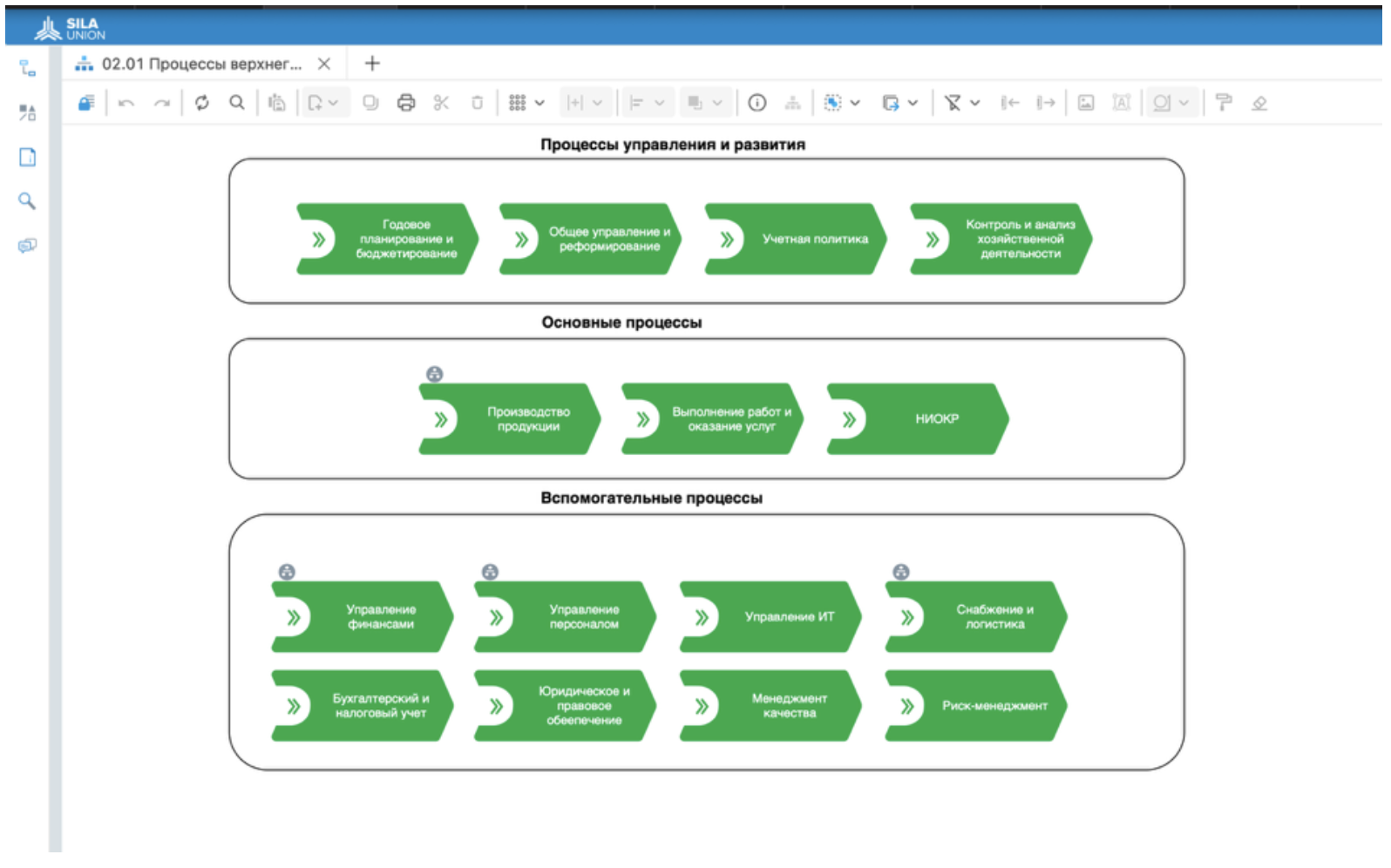
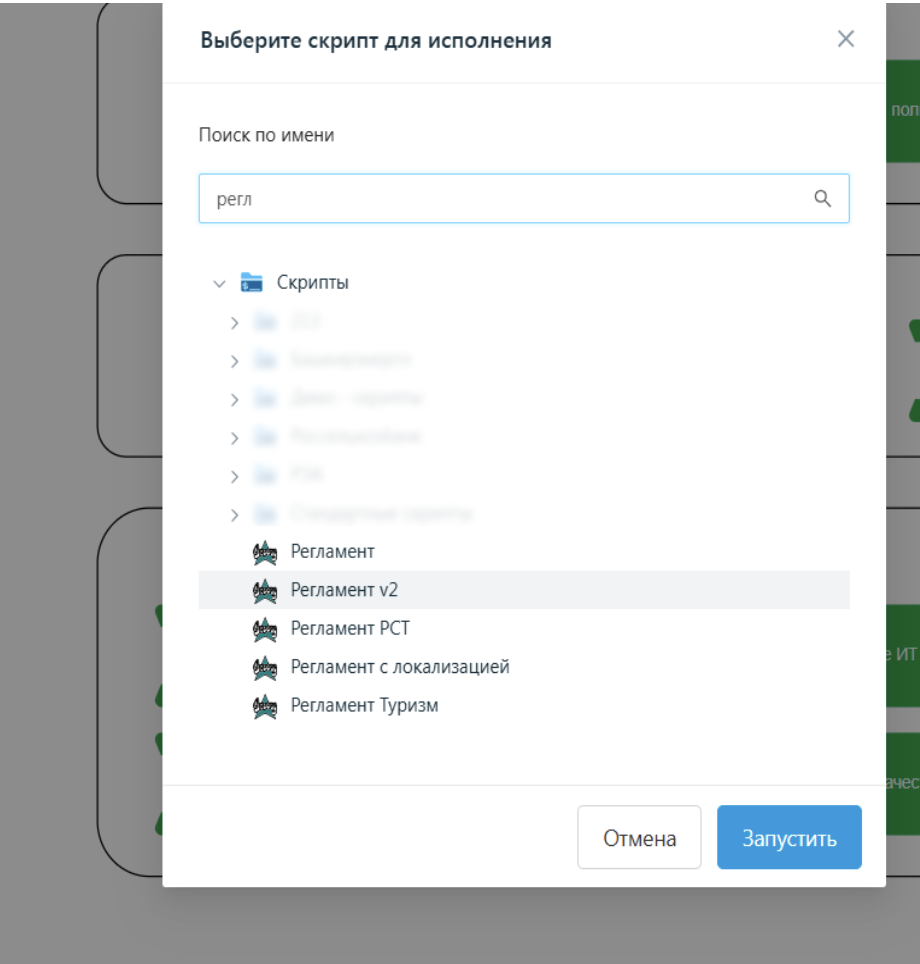
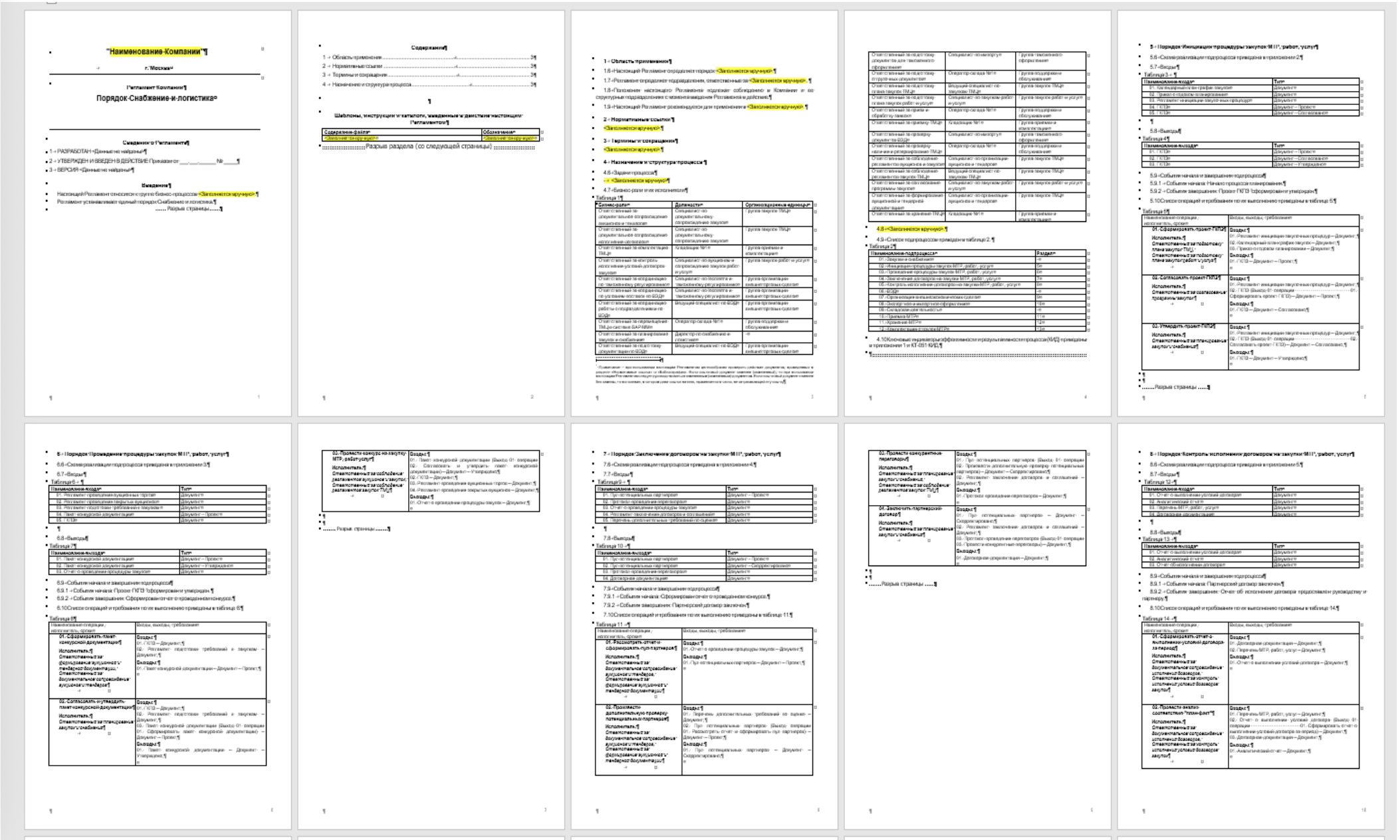
Figure 9. Creating Process Regulations in SILA Union
The system’s analytical module provides multi-level quality data analysis, identifying not only obvious non-conformities but also hidden patterns. Predictive analytics methods allow forecasting potential quality issues and taking preventive measures before incidents occur.
Risk management (see Fig. 10-11) in the context of quality is implemented as a continuous process of threat identification, evaluation, and minimization. The system automatically identifies connections between processes, risks, and control procedures, ensuring a comprehensive approach to quality assurance at all management levels.
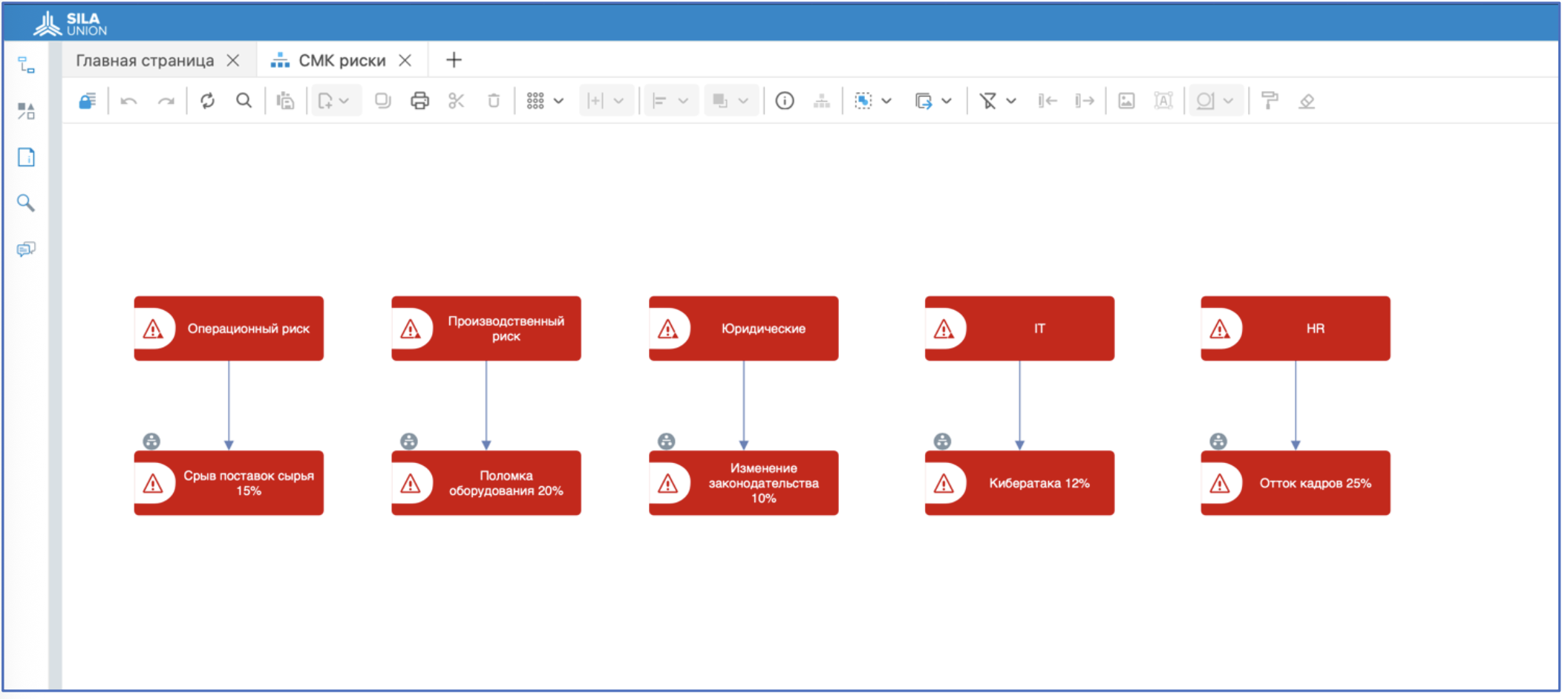
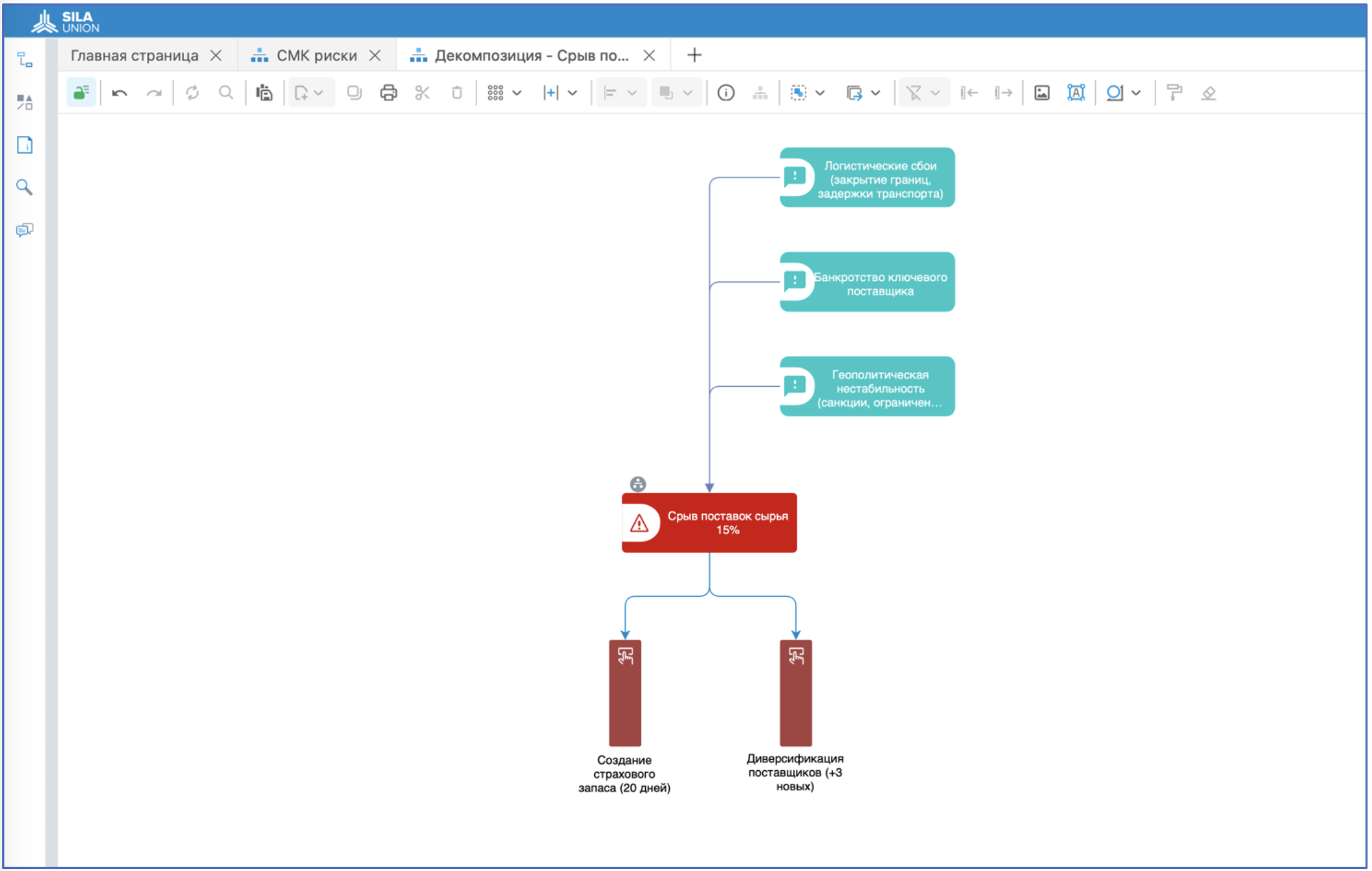
Figure 10. "Risk Diagram" Model in SILA Union
Figure 11. "Risk Decomposition" Model in SILA Union
Conclusion
Building a QMS in SILA Union provides companies with a practical tool for daily quality management—flexible, transparent, and result-oriented. It transforms QMS from formal compliance into real business benefits: cost reduction, increased customer loyalty, and a culture of continuous improvement.
With digital solutions like SILA Union, QMS ceases to be a bureaucratic system, bringing real business advantages.
Therefore, QMS is not a final goal but a continuous process that helps organizations remain competitive, resilient to change, and focused on long-term success. Investing in quality today is a guarantee of stability and growth tomorrow.
Want to know how to implement QMS in your organization with minimal effort? Contact us at sales@silaunion.ru for a platform demonstration.





